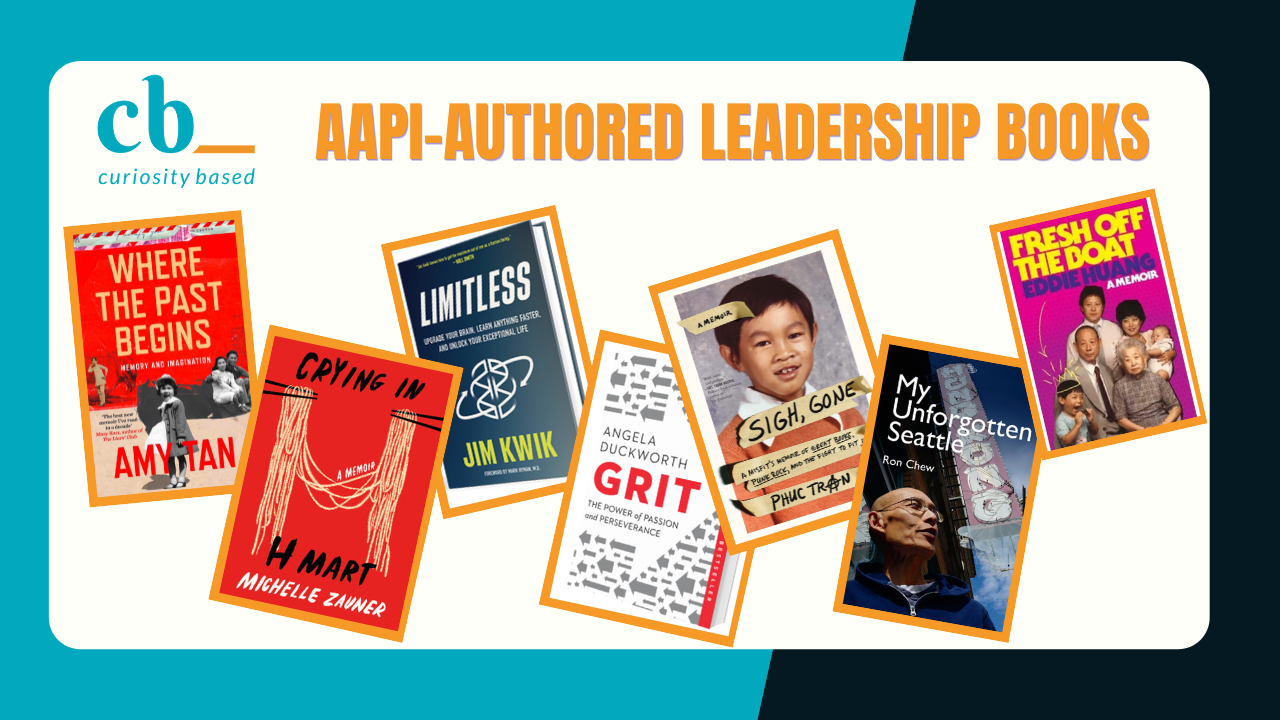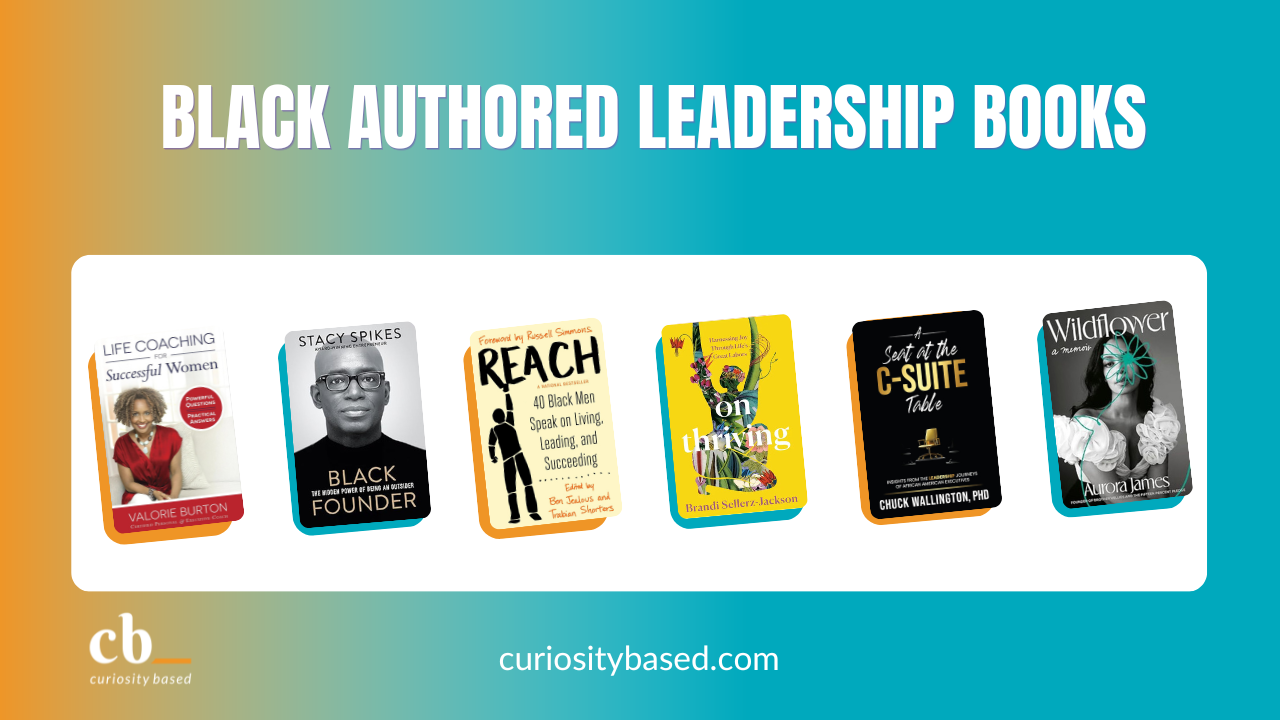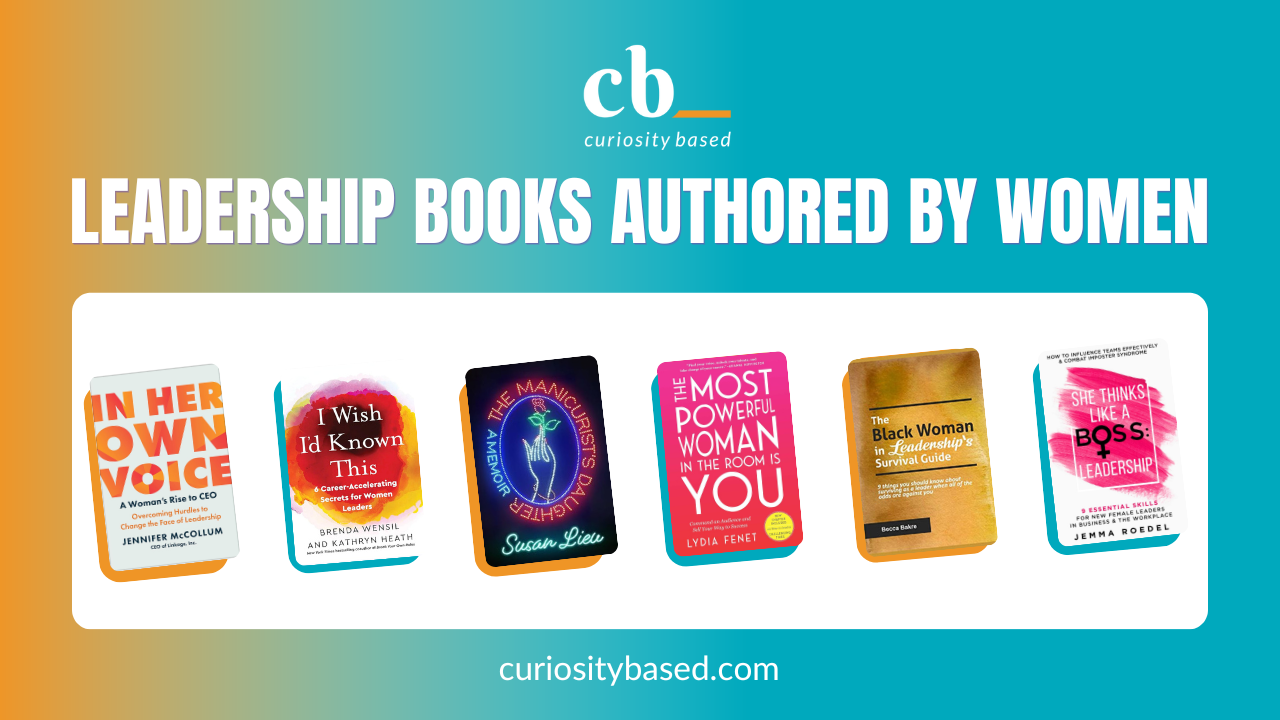As a nonlawyer, I didn’t know if Legal Heroes in the Trump Era by Tahmina Watson, Alex Stonehill (Editor), Caroline Doughty (Editor) would resonate with me. To my surprise, I thoroughly enjoyed the slim book packed with stories of mostly ordinary lawyers stepping up to do extraordinary things.
Disclaimer: I first met the author in 2015 when we collaborated to advocate for more visas for immigrant startup founders. Considering our previous relationship, I’m putting extra effort in highlighting not only the strengths, but also the weaknesses, of the book. Watson didn’t ask me to do a review and I first purchased the book as a regular consumer, with no intention of reviewing it.
Back to the review. The book highlights the stories of 14 lawyers, all “legal heroes”, who have “responded to the crisis of the Trump era in innovative and inspiring ways.” Many are ordinary lawyers working in private practice, though she also includes the stories of the head of Washington state ACLU, a retired judge, and the Washington state Attorney General Bob Ferguson, who also introduces the book. Watson herself is an immigration lawyer with her own private practice. Watson also shares her own story of feeling moved to cofound a nonprofit, Washington Immigrant Defense Network (WIDEN). She is passionate about both immigration policy and her legal profession.
Here’s what I particularly enjoyed about the book:
The personal stories of each Legal Hero Watson goes into each person’s family background, what inspired them to go into law, and the event that sparked them to take action. I got a sense of not just what these legal heroes do, but who they are as people. The 14 individuals represented a diversity of approaches to activism, including writing a children’s book about immigration and creating a multilingual website to identify lawyers in case they get detained at the airport. Each story was just 5 to 6 pages long, which meant 14 stories did not feel tedious.
Talking about the law in simple English I appreciated the absence of legalese. Watson writes in a clear, engaging manner and explained the world of lawyers to a nonlawyer. In the process, I got to learn about interesting policies without getting bogged down in the details. I particularly enjoyed being introduced to different legal cases, such “as a class action suit challenging the secret federal program called controlled application review and resolution program (CARRP), which blocks certain immigrant application through malevolent stalling.” (22) I felt more informed.
The evolution of a grassroots movement told from the perspective of lawyersI got to see the mobilization of activists entirely through the eyes of lawyers. In an effort to be inclusive in recounting history, many writers try to capture the multitude of different perspectives and angles and the result is a thin spread of everything and little depth anywhere. Watson has a refreshingly unapologetic passion for her fellow lawyers and pride in what the profession can do to help the world.
Here’s what I the book could have done differently:
The author’s story is absent Considering the richness of the personal details in the profiles, there is a surprising lack of information on the author herself in the book. The rare glimpses are buried in a few mentions and in the acknowledgment section. I want to have a better understanding of Watson as a person, perhaps revealing some of the same kinds of details that she shared about the legal heroes themselves, especially since she is not just a writer, but one of the key instigators.
Needs less “Trump,” more “Trump era” For the most part, Watson focused on describing “Trump administration” policy but there are times that she slips into criticizing Trump himself, assuming the readers are also anti-Trump. It would have been more true to the title to refer to the deep political rifts that the Trump administration symbolized but did not entirely cause. The book could have acknowledged of how the policies the legal heroes fought against reflected growing anti-immigrant sentiment in the US and around the world, not just the views of the Trump administration.
Focus on immigration stories With the exception of the profile on the environmental justice lawyer, all of the stories are around those lawyers focused on immigration or civil rights with a strong connection to immigration. The environmental justice work deserves to be acknowledged, but in this context, the one outlier felt distracting. Or the book could have been enlarged to include more stories of environmental justice and civil rights lawyers to have a more even distribution of topics.
I also got three insights from the book that I can apply to life in general.
The private sector can contribute to social change I’ve talked to many well meaning people working in the private sector who believe that positive social change is limited to government or nonprofits and that their role is limited to providing funding, through taxes and philanthropy. I appreciated the profiles of those who were able to create change from within the private sector, such as the Lawyers for Racial Justice Initiative, as well as those who volunteered working for nonprofits or ended up creating their own, like Lawyers for Good Government. The profiles demonstrate that there is a meaningful, non transactional, role for the private sector to contribute to social change.
Innovation can be approaching something from a different angles There are many examples of innovative approaches and new partnerships and only one example using technology. I loved the example about Margaret O’Donnell who created legal dramas out of Powerpoint workshop presentations to build empathy for those going through immigration court. It gave me ideas for communicating differently.
Curiosity enabled resourcefulness Lawyers, like doctors, specialize in different aspects of the law and usually don’t venture outside their traditional practice areas. The premise for WIDEN was there weren’t enough immigration lawyers to give pro bono services and there were thousands of non-immigration lawyers who wanted to be able to help. Those non-immigration lawyers had to be curious enough to learn from immigration lawyers so that they could be sufficiently trained to meet the demand for legal aid.
This is inspirational, quick read not just for lawyers but for anyone asking, “What can i do to help?”, not just now, but in the future as well. Be wowed by those stories of those who asked the question and then answered it with their own form of activism.
Interested in reading more? Check out our Women in Political Leadership Series.








Leave a Reply